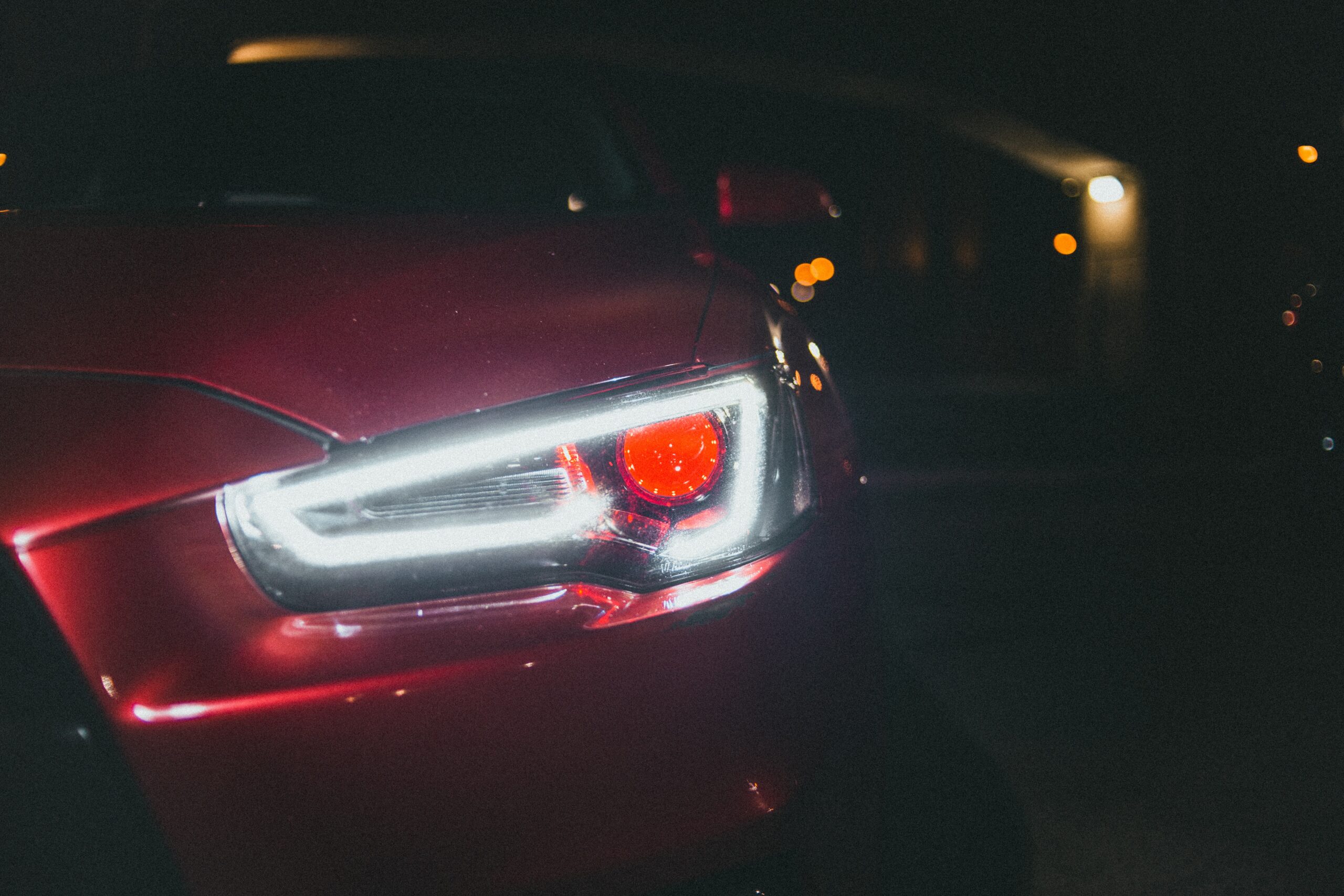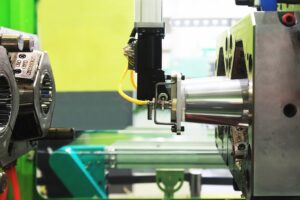In order to offer people maximum comfort and convenience, technology and innovation are two key factors applied in various aspects of daily life. Dynamic lighting is one of these tools, as it offers the opportunity to take a leap forward when it comes to illuminating spaces and environments, not only in homes and offices but also in the automotive sector. But what is this technology all about? At Walter Pack, we will explain all the details about it.
What is dynamic lighting?
Also known as technical, decorative, or linear lighting, dynamic lighting is an intelligent lighting mechanism. This means it regulates and adjusts based on the environment and the amount of natural light present.
In this case, dynamic lighting replicates the patterns of natural light and aligns with the body’s circadian rhythms. The purpose of this mechanism is to create natural environments that promote the well-being of users, considering changes in light intensity, warmth, and color tone.
How does dynamic lighting work in cars?
This system is built upon an intelligent mechanism that adjusts based on ambient conditions. It consists of a set of dynamic LED lights that change in intensity, color, orientation, and more. The automotive sector employs this mechanism in the production of vehicles with headlights that adjust their intensity and focus. Dynamic lighting allows drivers to enhance their road visibility in low-light conditions, adverse weather, or on winding roads, thereby increasing safety.
Typically, dynamic lighting systems comprise sensors and actuators that regulate light intensity. These include various technologies such as:
- Ambient Light Sensors: These measure ambient light levels and adjust the beam intensity to prevent blinding other drivers.
- Rain Sensors: These adapt light intensity based on the amount of rain, enhancing driver visibility in wet conditions.
- Headlight Actuators: These modify the angle and focus of the beam.
- Temperature Sensors: They measure air temperature and adjust the color temperature of the light to prevent glare. This improves driver visibility, especially in icy or snowy conditions.
- Speed Sensors: They determine the car’s speed and automatically adjust the light, improving road visibility as speed increases.
Furthermore, some dynamic lighting systems can incorporate advanced technology like laser lighting, which offers brighter and more uniform illumination than halogen lights.
Types of dynamic lighting systems
There are various types of dynamic lighting systems. For instance, there are adaptive lighting systems that adjust the light beam based on characteristics such as speed, steering direction, and distance to other vehicles.
With these systems, at low speeds, the beam illuminates the sides, helping to light up corners and nearby obstacles. Conversely, at high speeds, the beam is directed forward to illuminate the road better.
Another type is the dynamic curve lighting system. This mechanism moves the headlight in the direction of the curve, which is particularly useful on winding roads. These devices not only enhance driver safety but also contribute to driver comfort by reducing visual fatigue.
Characteristics of dynamic lighting systems
The following are the most important characteristics of dynamic lighting systems:
Adaptability
Aesthetics of dynamic lighting systems
Absolutely, when it comes to design and aesthetics, dynamic lighting systems can be a fantastic addition, making them a feature that adds uniqueness to modern vehicles.
The use of LED lights opens up a range of possibilities for customization, including different colors, precise light patterns, and varying levels of brightness. Tail lights and headlights can be designed to complement the vehicle’s appearance and enhance its overall aesthetic appeal. This level of personalization allows car manufacturers to create distinctive visual signatures for their vehicles, setting them apart and contributing to their brand identity.
Dynamic lighting not only improves visibility and safety but also serves as a design element that contributes to the overall attractiveness and recognition of the vehicle. It’s a blend of functionality and style, adding a touch of sophistication to modern automotive design.
Customisation
They can be adjusted according to the driver’s needs. An example of this is their ability to change beam direction, intensity, and color based on specific driving conditions.
As time goes on, we can certainly expect even more modern and sophisticated lighting systems that are more adaptable and offer higher levels of safety than what our current systems provide. This will result in a more enjoyable and comfortable driving experience.
At Walter Pack, we combine our advanced plastic injection and molding techniques with the latest dynamic lighting systems to offer our customers comfort, luxury, and sophistication.




